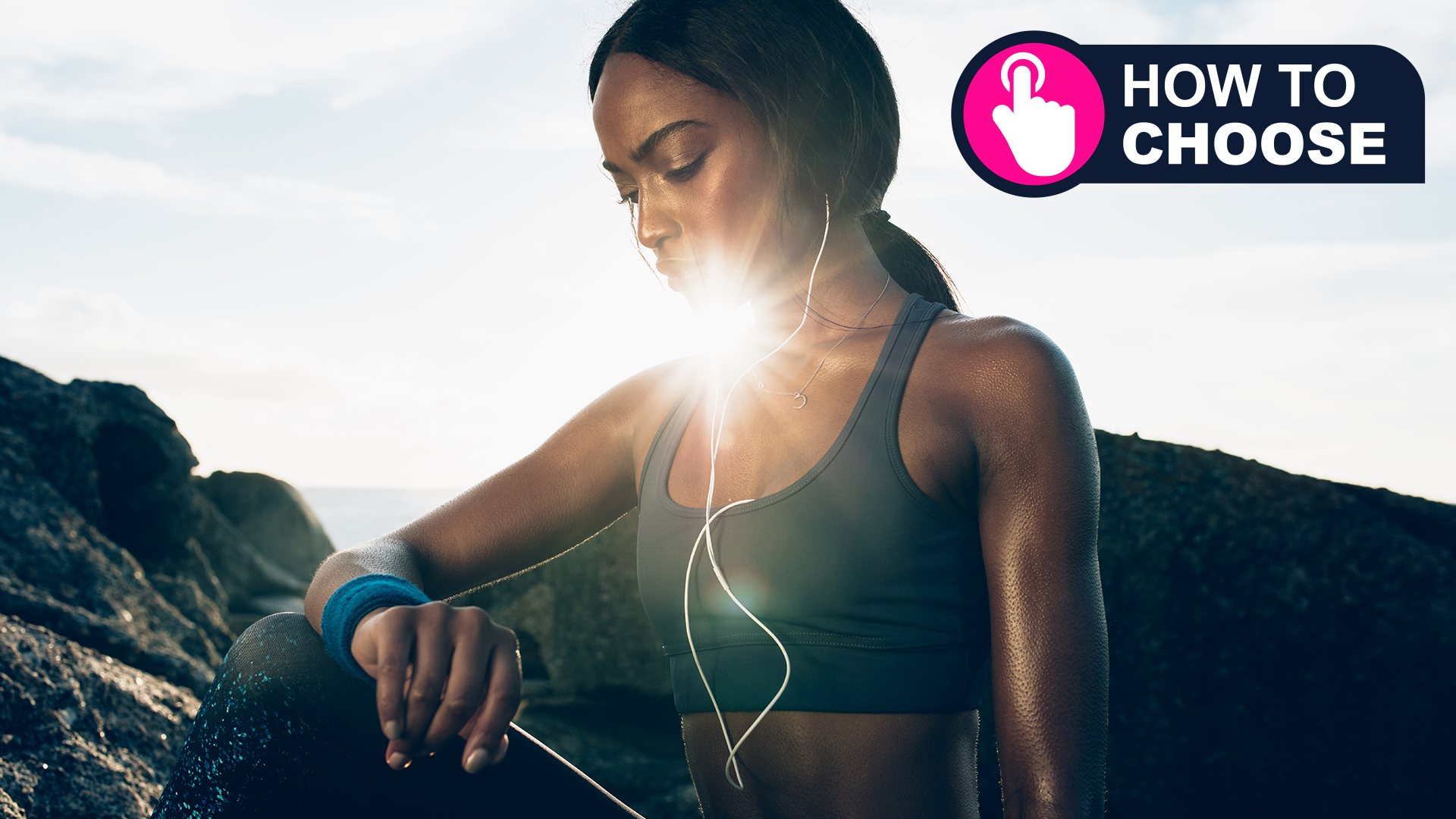
This is part of a regular series of articles designed to guide you through the process of buying a particular device or type of product. Read them all here.
We love fitness watches. They don't age as quickly as phones or PC graphics cards. And where many gadgets can lead you to spend too much time staring at screens, perhaps while munching on potato chips, fitness watches encourage us to get out of the house and into nature more often.
The first question to settle is whether you really need a fitness watch, though. We're not suggesting you go out for runs and hikes tech-free. That tends to work better after you’re few years into the hobby. Instead, do consider whether what you actually need is a fitness band.
Fitness bands are the casual cousin of the fitness watch, the kind you might associate with a brand like Fitbit rather than Garmin. Fitbit actually makes fitness bands and watches, though.
Looking to spend as little as possible? A fitness band may be a better fit.

What to look for
Still set on a fitness watch? The next thing to tackle is which of the two kinds of fitness watch you’ll get on with better. We’re being reductive here, but there are smartwatches like the Apple Watch that last a day or so off a single charge, and true fitness-led watches that can last up to weeks between charges. The Garmin Instinct 2 Solar with its “unlimited” battery life is a key example.
Both types can be great for exercise tracking, but the longer-lasting style of watch is so much easier to get on with, and much less likely to leave you in need of a battery top-up before you go out for a run.
Top smartwatch brands include Apple, Samsung and Google Pixel. Veterans of the specialist fitness watch include Garmin, Suunto and Coros.
Fitbit’s Sense and Versa watches sit somewhere between the two styles. However, we advise caution when shopping for higher-end Fitbits as the company has removed significant features from its watch lines recently.
Third-party app development was killed in February 2023, and fun community features were removed in March 2023. This is part of Fitbit’s evolution as a brand, after it was bought by Google 2021, and it’s not quite clear what the Fitbit of the future will look like yet.
What specs do you need?
The two fundamentals of the fitness watch are GPS and an optical heart rate reader. This duo can work out how fast you run, walk or cycle, where you went and how far, and how hard you were working while doing so.
A lot of the more advanced-sounding metrics fitness watches pump out are derived in part, or whole, by these two sensor arrays. GPS communicates with satellites in Earth’s orbit to triangulate your position. Optical heart rate readers uses green LEDs and light sensors that analyze light reflected by your wrist to determine the rhythm of your blood blow, and extrapolate your heart rate.
It’s clever tech, and is available in quite cheap fitness watches these days. However, a big part of our review process when writing about fitness watches is assessing how reliable their heart rate readings are.
This affects how fit your watch thinks you are. A lowered heart rate under exertion is indicative of improved fitness. However, dodgy heart rate readings dramatically affect stress tracking, sleep and, for watches with such a feature, recovery times.

Here's where we come to some of the more advanced features of fitness watches.
Many of you will want to use these watches to judge your fitness over time, using more than just your resting heart rate. VO2 Max is the classic stat for this job, and is available in loads of watches, including those of Huawei and Xiaomi, well as the more obvious exerciser’s picks.
The concept of training readiness is also a nice-to-have feature. This looks at your recent exercise history, your sleep patterns and stress to judge whether or not you should be working out.
It’s the entire focus of the WHOOP band, a wearable for athletes aimed at helping you nail down your fitness routine. Garmin also has a neat take on this concept. As well as showing you a readiness score, its higher-end watches provide “suggested workouts” for runners and cyclists, the intensity and duration of which will be informed by how worn out your watch thinks you are.
This is a good example of where potentially abstract stats become something more useful in the best fitness watches, and can inform how you exercise day-to-day.
On-watch maps are one of the most specialized features in fitness watches, found in expensive Forerunner, Fenix and Epix watches from Garmin. And the Vertix 2 and Apex 2 watches from Coros.
While plenty of watches have a “breadcrumb trail” feature that lets you retrace your steps while out on a hike, these watches let you download huge areas of map data for offline, phone-free use. It is ideal for hiking, or off-road running if you intend to head out without your mobile. Garmin’s implementation of mapping is better than Coros’s, though, as you can fully program in routes without a phone involved.
Music is another key feature for those looking to leave their phone at home. Many watches can store music and transmit it to Bluetooth headphones and earphones wirelessly.
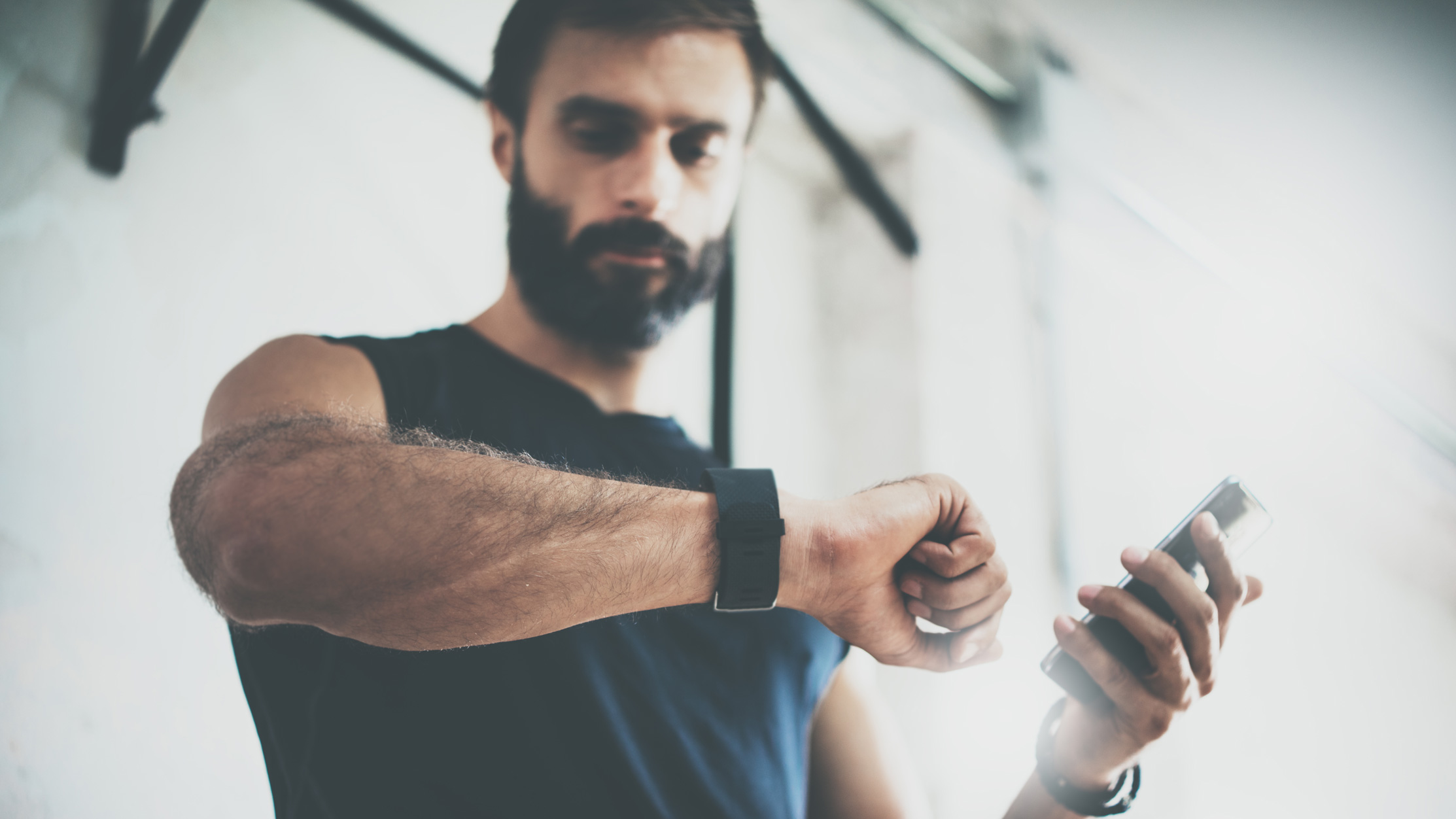
However, do you need support for a specific music service? That’s a trickier one. Apple Watches, WearOS ones like the Samsung Galaxy Watch 5 or Watch 6 and the music-capable Garmin watches support offline downloads from Spotify.
Use another service? Check the manufacturer’s feature list carefully. Buy a cheap fitness watch like a Xiaomi Watch S1 Active or Watch S2 and you will usually find there’s no music support at all.
A few more more recent higher-end features to bubble up to the surface include Multi-Band GPS and dive-ready water resistance.
Multi-Band GPS lets a watch use a second set of frequencies when triangulating your position. It can seriously improve tracking accuracy if you run in a dense city, where tall buildings can be a severe impediment to tracking. Run in your local park? It’s much less of an issue, and Multi-Band GPS becomes battery-sapping overkill.
Garmin, Coros and Amazfit have produced Multi-Band GPS watches, and Garmin did so the better part of a year before Apple put it in the Watch Ultra in September 2022.
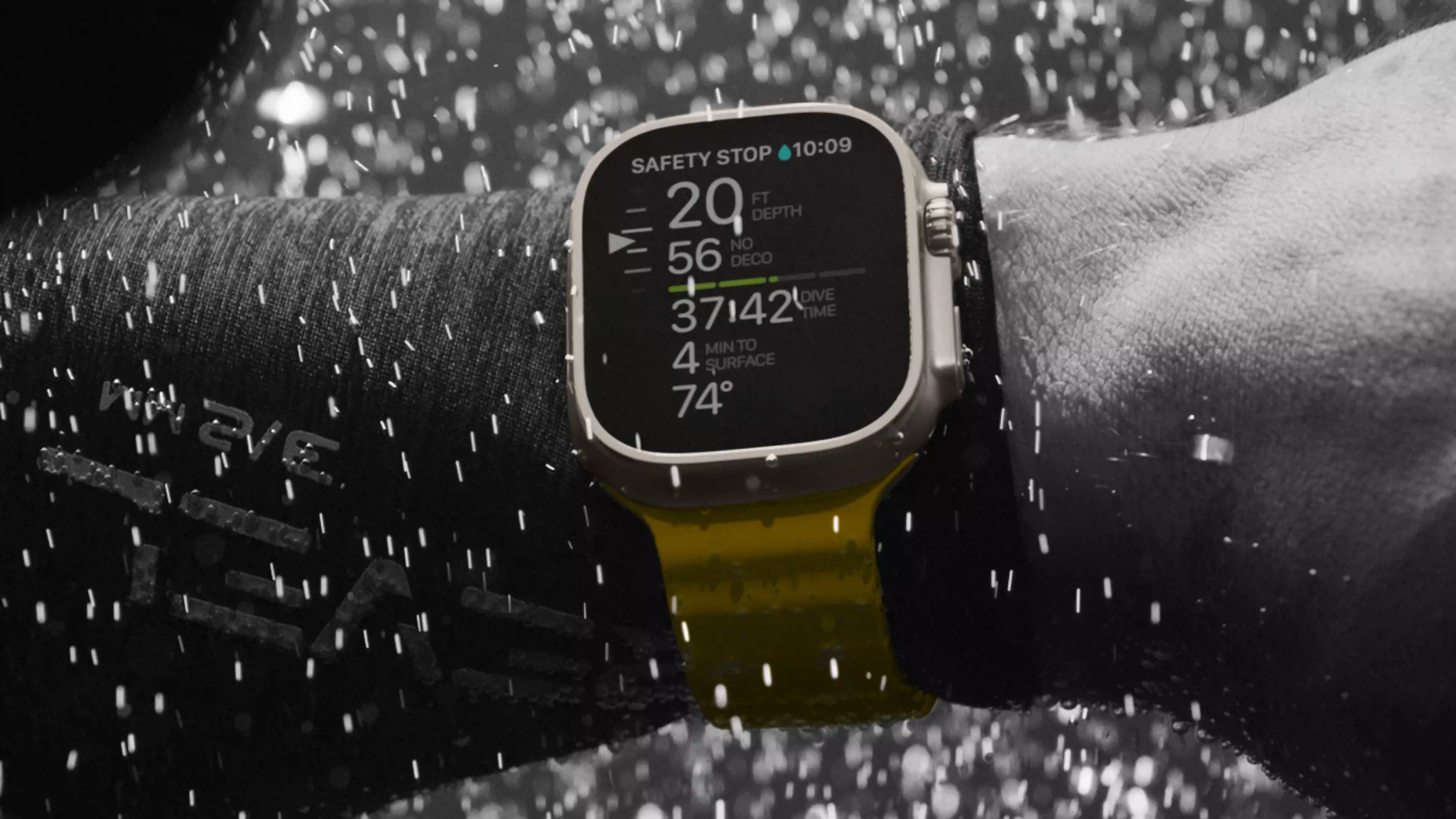
Dive-ready water resistance is an even more niche, and expensive, feature. The Apple Watch Ultra put this into the public consciousness, but Garmin produced its first “dive computer” watch in 2017, the Descent Mk1. These days it sells the Descent Mk II and the less terrifyingly pricey Descent G1.
Such watches have a depth gauge, and the flagship Garmin Descent Mk2i has air integration, meaning it can tell you how much breathable air you have left. It’s kinda essential for a dive master. But useless for most of the rest of us? Sure.
Should you wait for deals?
The quality of online deals we spot during each sales period varies by brand. If you are dead set on an Apple Watch, for example, you don’t miss out on too much if you buy at retail price.
We do tend to see some Apple Watch deals during Prime Day and Black Friday for current-generation models, as well as remaining stock of older models. But the discounts are not worth waiting months for.
Prospective Garmin owners should at least consider waiting for a deal, though, as long as you are not pinning hopes on a brand new model. We see masses on brilliant Garmin discounts during big sales events, shaving hundreds of dollars off typical pricing, but they tend to be for slightly older models.
However, when high prices are a regular “con” in our often otherwise glowing Garmin watch reviews, maybe that trumps new-ness. Garmin also tends to bring crucial new features to the last generation in software updates, making them age gracefully.
We can fully support going for a last-generation high-end Garmin at the time of writing, because the Fenix 7 Pro and Epix 2 Pro aren’t that far ahead of the Fenix 7 and Epix 2 in terms of capability.
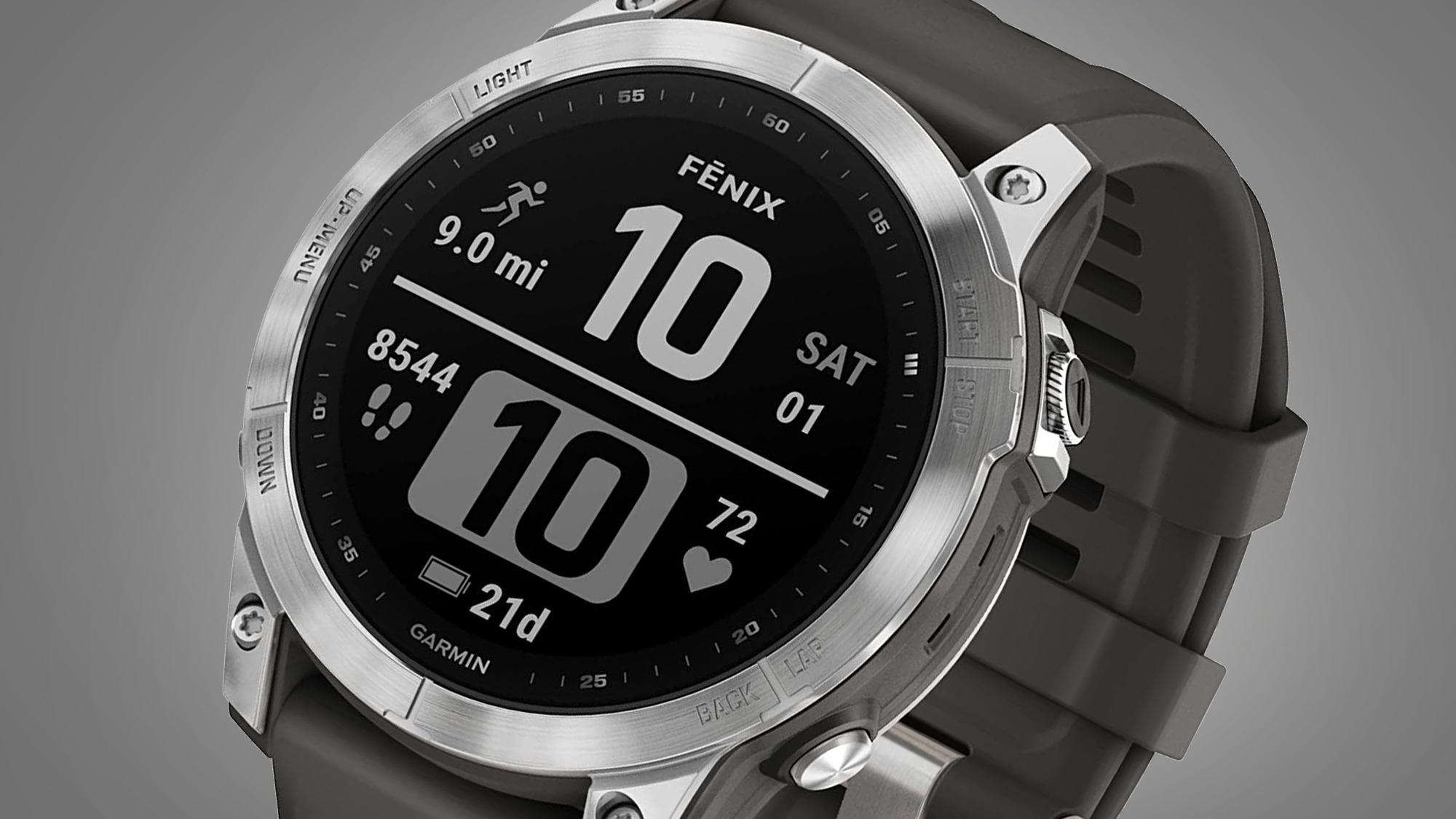
Huawei and Honor watches also get great discounts too, although we see more of this in the UK than the US, where the brands are less popular and well-distributed. Last Prime Day we even saw great discounts on the Samsung Galaxy Watch 5 smartwatch — and even stronger ones may be ahead of us now the Galaxy Watch 6 has been revealed.
It’s the specialist brands, which fly under some folks’ radars, that don’t get quite as common discounts at the “usual suspect” retailers. We’re talking about names like Coros, Suunto and Polar.
During Prime Day 2023 we did see a tasty Polar Grit X Pro discount, though, so don’t assume sales for these brands aren’t a thing. They are, they just typically won’t be tent pole deals of any big sales promotion.
And Fitbit? At this stage we’d only recommend buying a Fitbit Versa 4 or Sense 2 if they are deeply discounted. It’s not just that Fitbit has stripped some important features out of these watches, but we’ve seen them on sale so often you probably should wait rather than paying close to full price.
A simpler fitness watch/band like the Fitbit Inspire 3 has a much less precarious future, as its feature set is simpler to begin with. However, even this got a tasty discount during Prime Day 2023.
Our top picks
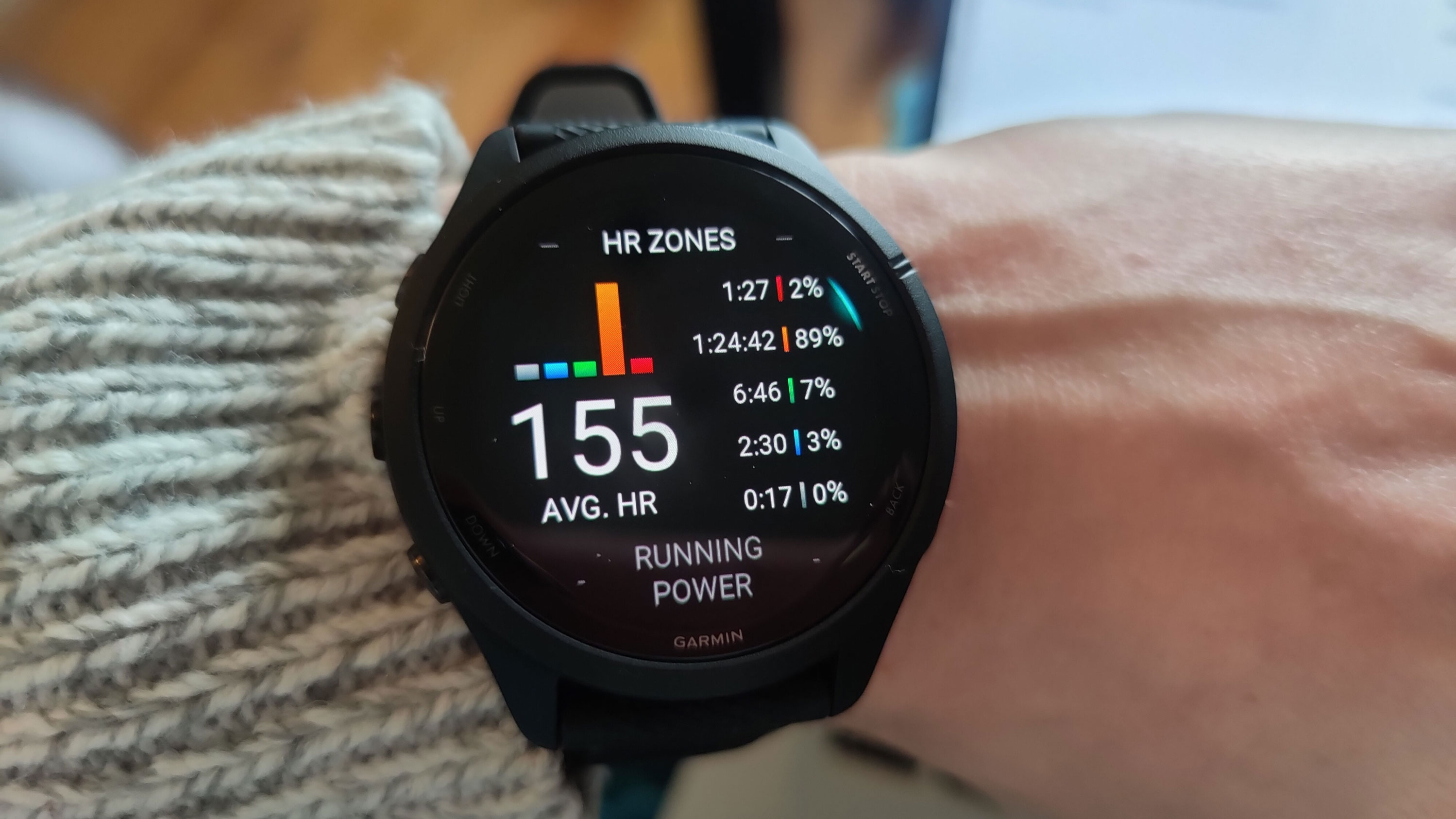
We called the Forerunner 265 “officially the best running watch for most people” in our review.
It combines the sharp and bold OLED screen of the Venu 2 series with some pro athlete-grade features. The Forerunner 265 gets remarkably close to the Garmin watches that cost twice as much, and there are two sizes to suit all sorts of wrists.
Its most notable missing feature is downloadable topographic maps. You can only upload and see breadcrumb-style routes in this Forerunner. But unless you’re planning on regularly organizing hiking holidays from your wrist, ask yourself whether you really need full mapping.
Other than that, the Forerunner 265’s compromises are mostly on the outside. It has a plastic polymer casing and bezel, and a Gorilla Glass 3 screen rather than a Sapphire one.
The Forerunner 265 does’t demand particularly nice treatment. It just stings a little that you end up paying this much for plastic.
However, during our review we found this watch really didn’t feel like that much of a downgrade from using a top-tier Garmin like the Fenix 7. It’s reliable, has a massive library of rich tracking modes and, thanks to the always-on OLED display, it makes a cracking watch too.
Read our full Garmin Forerunner 265 review
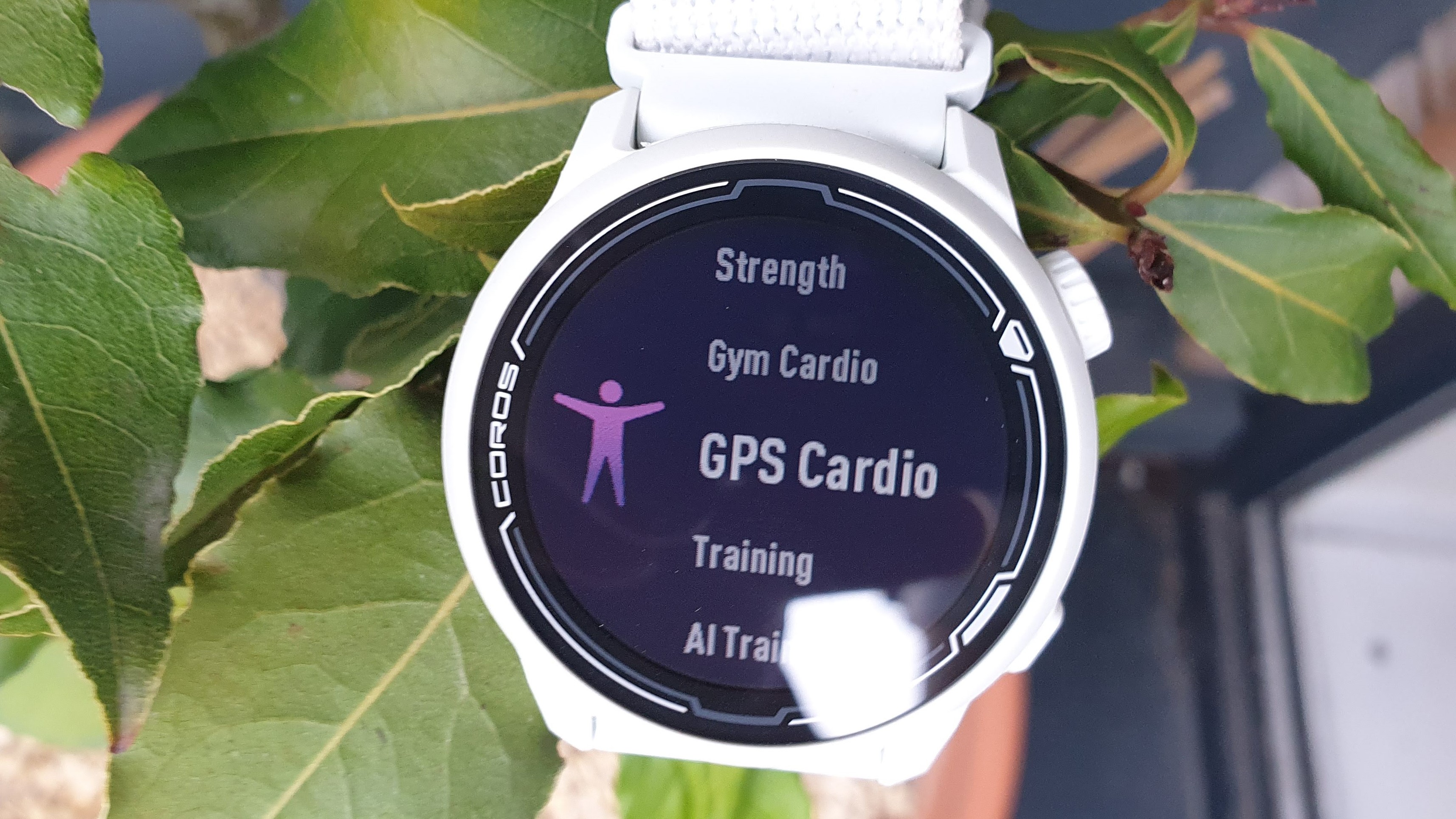
On paper the Pace 2 has no place in this sort of hall of fame in 2023. It was released three years ago, meaning it should be well into its retirement. But Coros gave this watch a full-on revamp in April 2023, adding extra features you might not even usually see in a generational update.
Coros lets you sync routes to the Pace 2, for full hike, bike and run navigation without relying on a phone.
The Pace 2 is also suitable for all-day, all-week wear. Not only is it super-light at 30g including strap, it’s available with a lovely, soft nylon band rather than the typical silicone.
You get fairly advanced metrics too, including VO2 Max and a calculation of how much your current training routine is impacting your fitness. And if you are overdoing it. Coros even provides recovery times and race predictions.
The Coros Pace 2 doesn’t have quite the GPS or HR accuracy to match the latest and greatest Garmin and Apple Watch fitness watches. And its interface is not as consistent and slick throughout as some, but it sure has a lot of athlete-friendly features at an appealing price.
Read our full Coros Pace 2 review
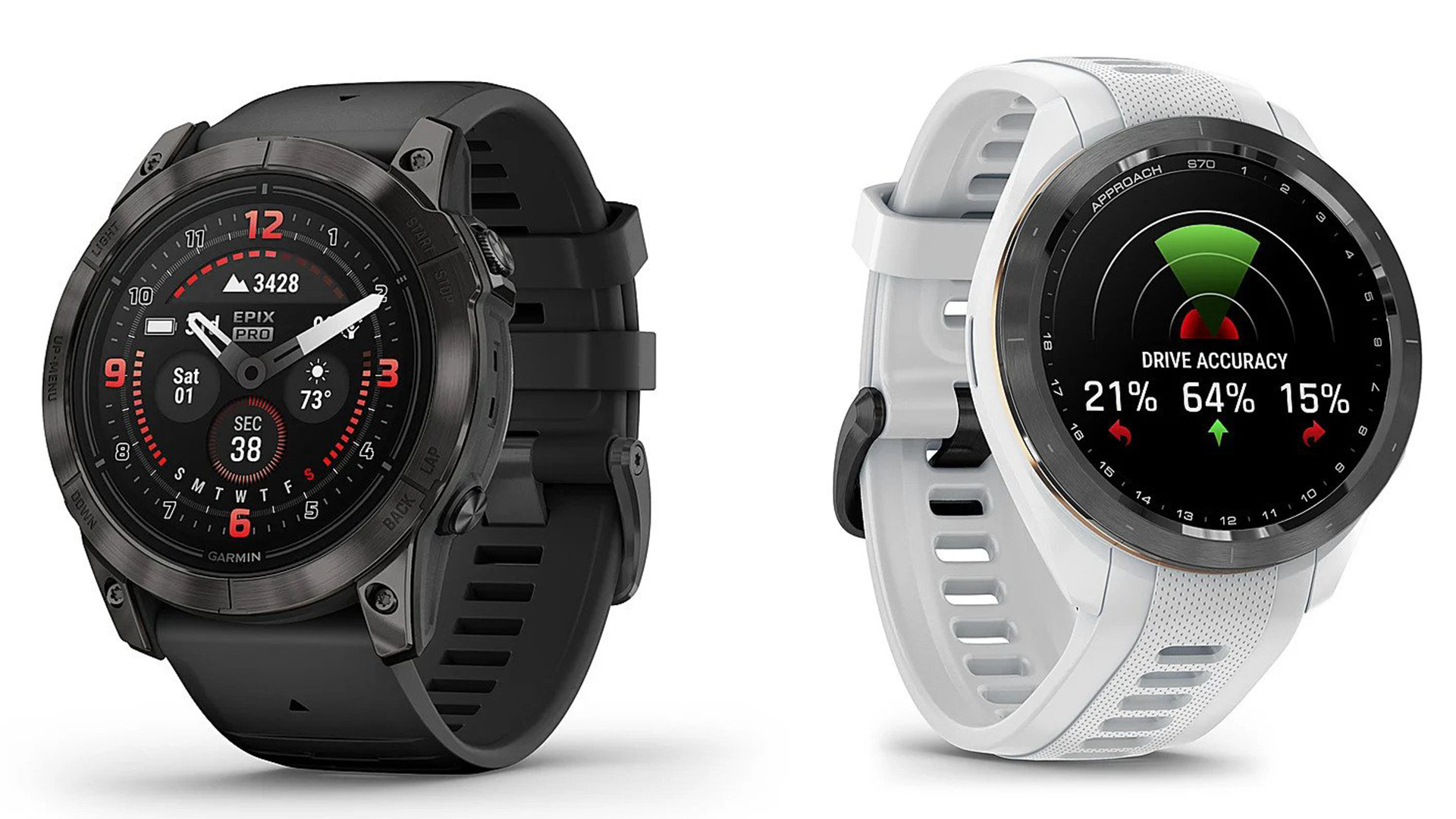
There are many Garmin variants, but the Epix Pro represents the direction Garmin is headed these days. It’s a serious running and exercise watch, and also has an OLED display.
We are long-term superfans of the transflective screens Garmin traditionally uses. They barely use any energy, only become clearer in direct sunlight and display the time (and other content) by design 24/7.
However, the Epix (Gen 2) series and Forerunner 965 show there’s no longer much of a downside to using a sharper, more colorful and poppy OLED screen. It can still last a couple of weeks of solid use, or a week with the always-on display mode.
That extra display fidelity is also fantastic when using a feature Garmin reserves for its most pricey watches: on-watch maps. You can download continents’ worth of data to the watch’s 32GB storage, and navigate to points of interest offline, without a sniff of a phone connection.
While the cheaper, and somewhat similar, Forerunner 965 is a better option for some, the Epix 2 Pro is tougher. It has an ultra-hard Sapphire display covering, 10ATM water resistance and a titanium bezel.
The new-for-2023 Pro range also has Garmin’s latest Elevate heart rate monitor hardware for even better HR accuracy.







